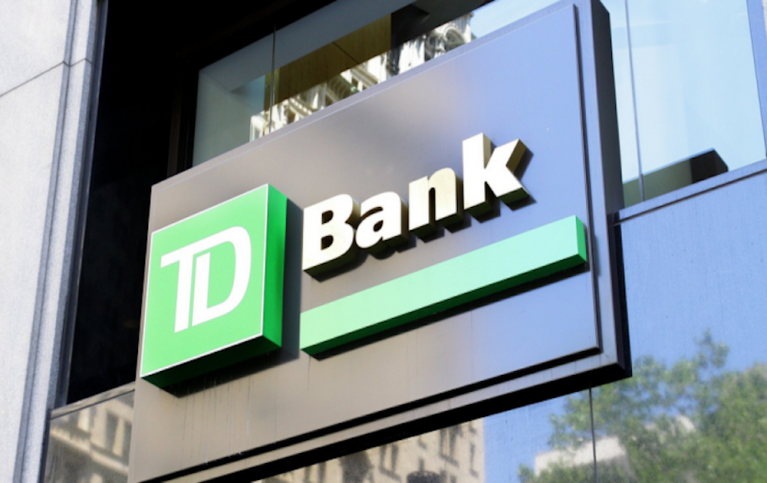
TD Bank has submitted a patent application to use a public blockchain to digitally track assets.
The patent application, which was published last week, is for “an apparatus for use in a digital asset tracking system [that] includes a storage device and a processor coupled to the storage device.”
According to CoinDesk, computers would create blocks of data about the assets being sold and the value in a given currency, with transactions also stored through the device.
“One advantage of blockchain-based ledgers is the public nature of the blockchain architecture that allows anyone in the public to review the content of the ledger and verify ownership,” the application states. “The decentralized blockchain approach also makes the system fairly robust in comparison to centralized server systems by allowing multiple distributed networks to verify the contents of a single ledger.”
The ledger would eventually allow anyone to approve a transaction, with a decentralized platform to increase redundancy, thereby “[minimizing] risk of falsification of ledgers.”
The patent was actually filed in September 2016, and there’s no word on whether TD has further pursued the idea.
Earlier this year, it was reported that TD Bank landed in the top 10 of companies investing in blockchain, although Bank of America topped the list, with the financial institution applying for or securing around 43 patents for the distributed ledger technology.
A recent study by Envision IP, a law firm that specializes in intellectual property rights, found that Bank of America holds the largest number of blockchain patents when compared to other big banks and technology companies. Coming in second was International Business Machines Corporation (IBM) and Mastercard, which each have 27 blockchain patents.
Other companies that were aggressive with blockchain patents include Fidelity Investments, TD, Accenture and Dell, all of which landed in the top 10. Surprisingly, big tech companies – including Google, Microsoft and Oracle – haven’t received a lot of blockchain patents, although the applications are made public 18 months after they’re filed.